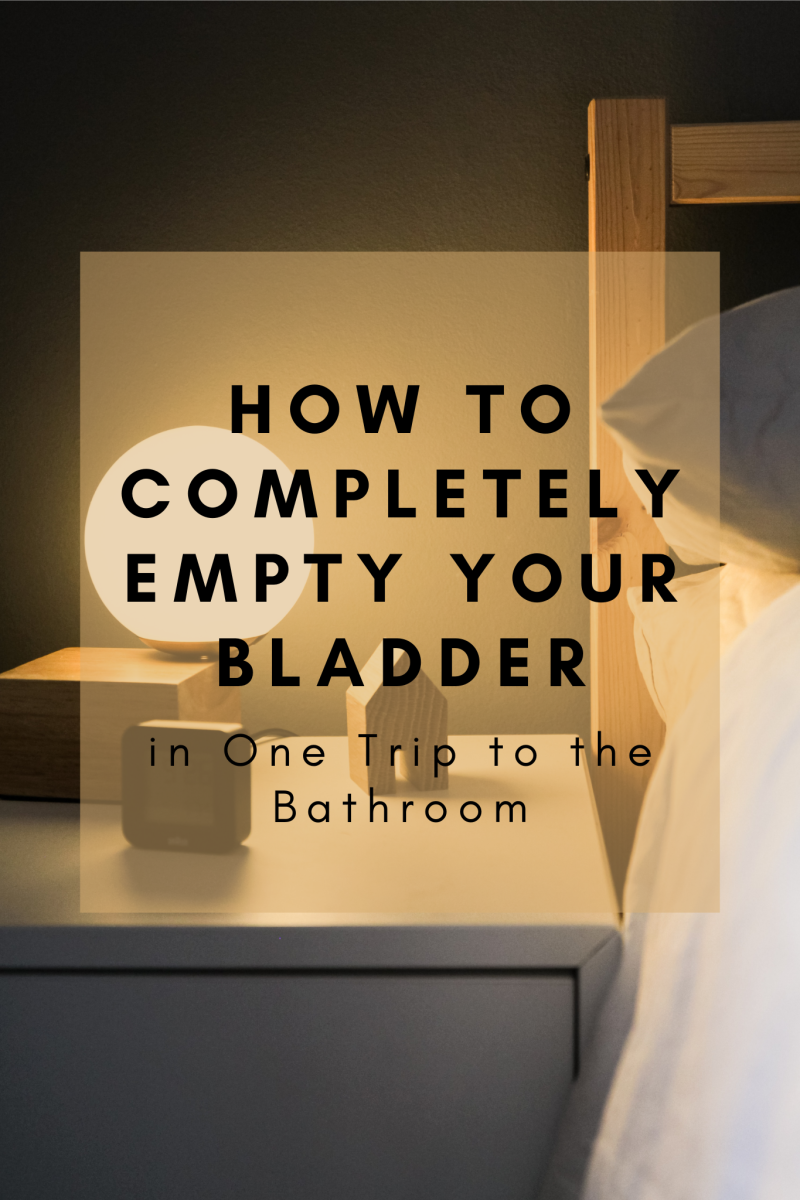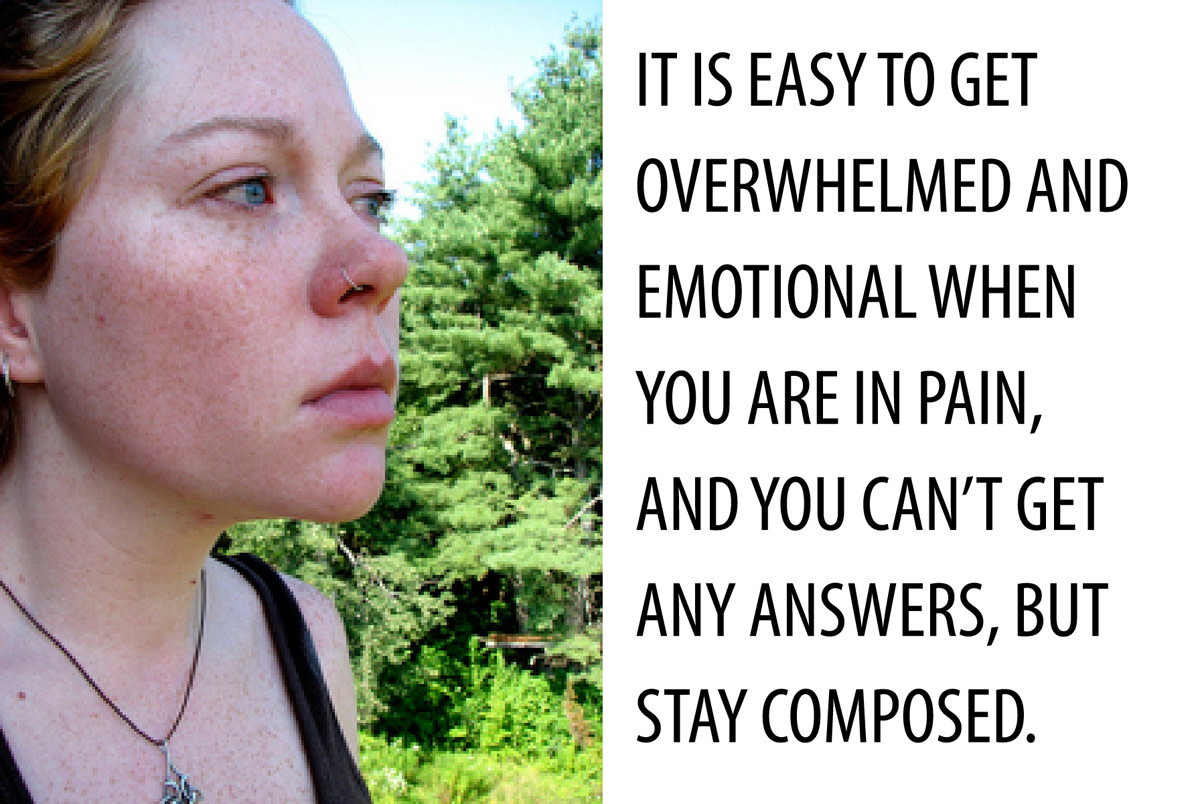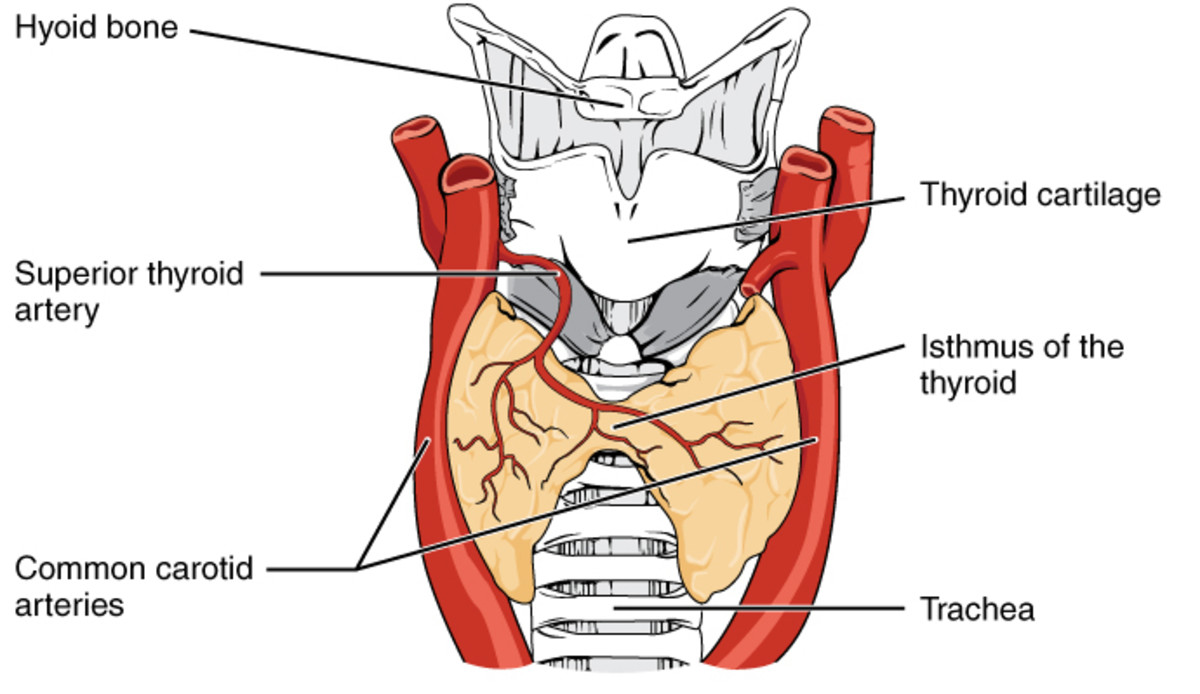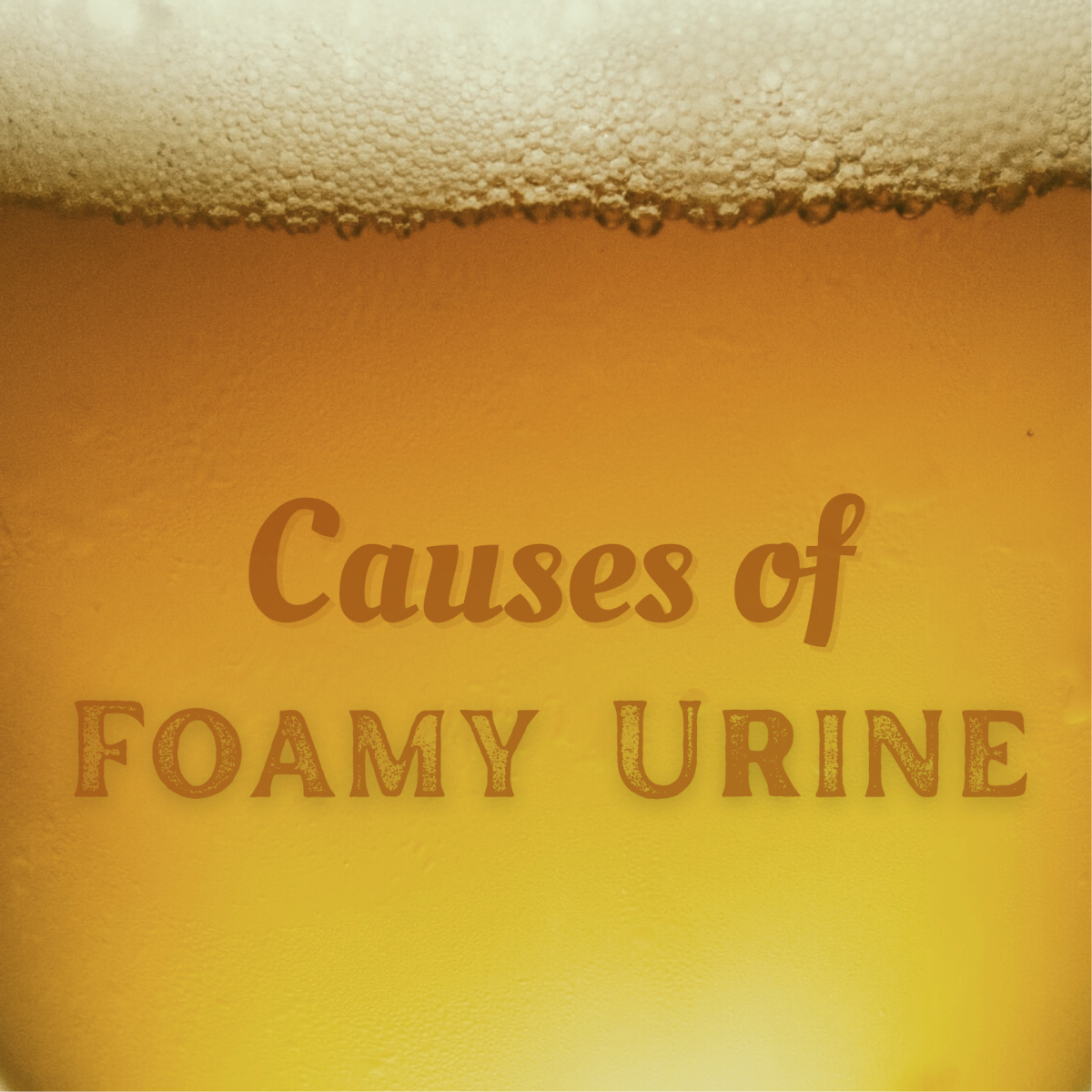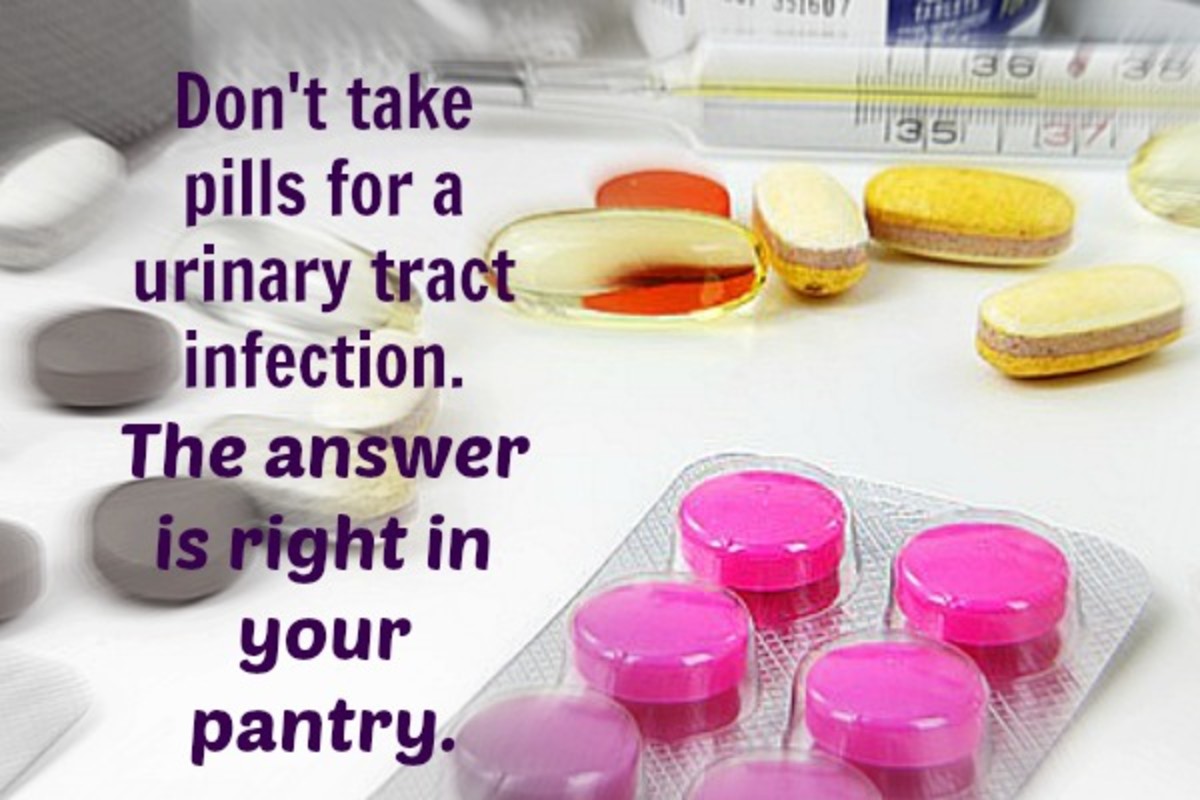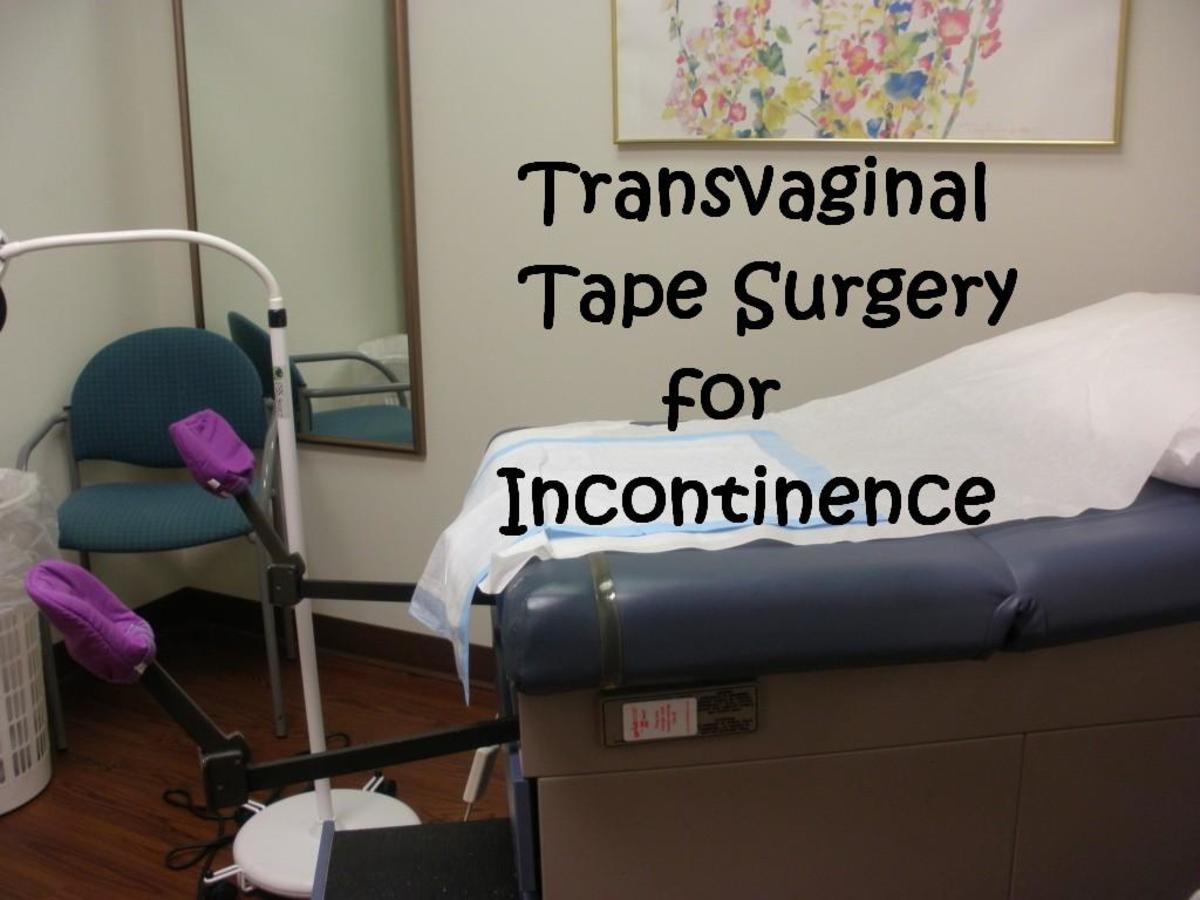Overactive Bladder (OAB)
What is Overactive Bladder (OAB)?
Overactive bladder is a condition that is, also, known as OAB. OAB is the name of a group of bladder problems. OAB is when you get a strong, sudden urge to go to the bathroom. Overactive bladder is when you worry if you're going to make to the bathroom in time. Overactive bladder is a strong, sudden urge, otherwise, known as the "Gotta Go' feeling that you get that comes on all of a sudden that you can't control. And, people who have OAB may be too embarrassed to seek medical attention. An overactive bladder can get in the way of daily living. People with OAB worry about getting to the bathroom in time, before urine leaks, and before they get there. Leaking urine with OAB is called: "urgency incontinence." Some people with OAB leak urine after feeling the strong, sudden urge to go. Overactive bladder causes many trips to the bathroom (more than normal), as it causes frequent urination during the day, and causes people with the condition to wake up more than once during the night to go to the bathroom. OAB is not a disease.
The Bladder
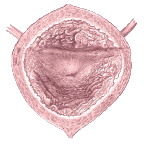
Why Does and When Does OAB Happen?
The nerves in the brain signal that your bladder is getting full, and then, you feel the need to use the bathroom. The bladder muscles squeeze and push urine into the tube called the urethra. The urethra carries urine away from the body.The urethra has muscles called sphincters, which help keep the urethra closed, so that urine doesn't leak out before you're ready to go to the bathroom. Overactive bladder happens when nerve signals between your bladder and brain tell your bladder to empty, even when its not full, or when the muscles in the bladder are too active. Bladder muscles contract, before your bladder is full, which causes a strong, sudden need to urinate, which is called "urgency."
People at Risks for OAB
Risks for OAB increase with age. Men and women are both at risk for overaactive bladder. The risks increases for women, who have gone through menopause or the change of life, when less estrogen is produced, and prostrate problems increase the risks for men. Others at greater risk are people with neurological diseases, stroke, and multiple sclerosis (MS). Foods and drink can irritate the bladder causing overactive bladder. These foods are: caffeine, alcohol, and spicy food, which may increase the OAB symptoms in some people. The symptoms of OAB vary from person to person. People, who think they may have OAB, should talk to their health care provider, a nurse, or a doctor's assistant. Help is available for overactive bladder. Visit a website called: Its Time To Talk About OAB.org. A health care professional will gather facts about your past and present health problems, along with a physical examination, and/ or whatever the doctor advises.
Are There Treatments for OAB?
Treatments for overactive bladder include natural treatments, drugs, bladder training, and pelvic floor exercises. The bladder may be retrained by setting up scheduled times during the day for voiding. Learn to control the bladder by waiting a few minutes to go to the bathroom, then, gradually increase the time up to an hour or more between trips to the bathroom. Kegels are pelvic floor exercises that strengthen the muscles that control urination. During the exercises, you tighten, hold, and then, relax the muscles that you use to start and stop the flow of urination. Biofeedback can be used with Kegel exercises. Electrical stimulation is another method of controlling OAB. Electrodes are placed in the vagina or rectum, and then, sends a small electrical pulse to the bladder area to control it, so that its not so active. Drugs are another treatment for overactive bladder.
Medical Drugs for Overactive Bladder
Medical drugs can be used to control bladder contractions in overactive bladder. A group of drugs called: Antichloringies block nerve signals that are related to bladder muscle contractions. These drugs may help to increase the capacity of the bladder and decrease the sudden urge to go. The names of these drugs are: Dorifenacin (Enablex), Fesotenadine (Troviaz), Oxybutynin (Ditropan, Ditropan XL), Oxytrol, Gelnique, and Solifenacin (Vesicare). The main side effects of these drugs are: dry mouth, constipation, blurred vision, and may cause an increase in heartbeat. These drugs aren't for everyone. People with glaucoma, urinary retention, and/or gastrointestinal diseases should avoid these drugs. Another type of drug that may help overactive bladder is the tricyclic antidepressant imipramine hydrochloride (Tofanil)-also relaxes bladder muscles. Botox® is another drug that may help OAB. Botox® is injected into the bladder muscle to control the symptoms of overactive bladder.


